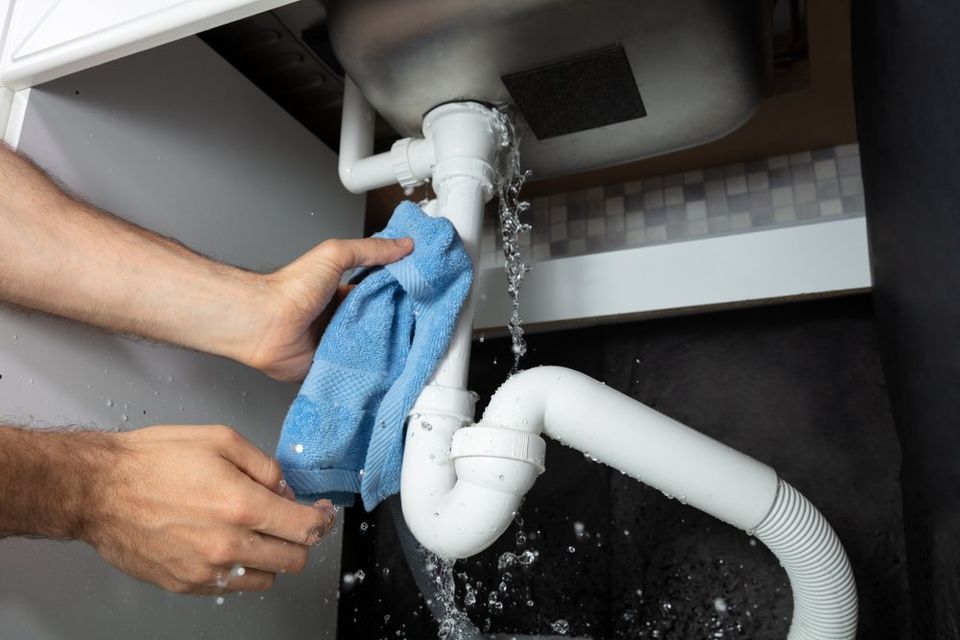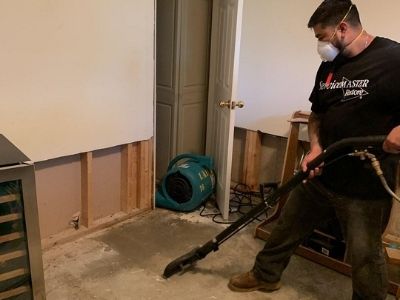They are making a few good observations related to How to Install and Connect a New Dishwasher as a whole in this great article in the next paragraphs.

A ruptured pipe is a significant emergency; you can just stand as you view water you pay very much to rejoin with the earth. In worse instances, you notice a pool on your kitchen area flooring, which is a fantastic trip danger, particularly if you have youngsters around. If the pipe that burst remained in your wall surfaces, bad news: you may need to repaint that whole area.
How can a catastrophe like a burst pipeline be protected against and handled? Well, by paying attention to your specialist emergency plumbings and complying with these regulations.
How do I know when my pipes have ruptured?
Rising and fall water stress
Pipelines do not simply burst in a day. You might have noticed that your kitchen tap or shower doesn't run instantly when you transform the tap. It might pause for a couple of secs and then blast you with even more force than usual.
In other instances, the water might appear regular in the beginning, then drop in pressure after a few seconds.
Damp wall surfaces and also water stains
Before a pipeline ruptureds, it will leak, a lot of times. If this consistent dripping goes undetected, the leakage might finish right into a large wound in your pipeline. One very easy means to prevent this emergency is to keep an eye out for damp walls ad water stains. These water stains will lead you right to the leak.
Puddles under pipelines and also sinks
When a pipeline ruptureds, the discharge develops a pool. It may appear that the puddle is growing in size, and no matter how many times you wipe the pool, in a couple of mins, there's one more one waiting to be cleaned up. Typically, you may not be able to map the pool to any type of visible pipelines. This is an indicator to call a professional plumber.
Untraceable dripping noises
Pipeline ruptureds can occur in the most unpleasant places, like within concrete, inside wall surfaces, or under sinks. When your house goes quiet, you may be able to hear an aggravatingly relentless leaking noise. Even after you have actually examined your shower head as well as kitchen area tap, the dripping may proceed.
Precious reader, the leaking may be originating from a pipeline inside your wall surfaces. There isn't much you can do regarding that, except inform a specialist plumber.
Turn off the Water
When water freezes, it increases in quantity by regarding 9 percent. And it increases with incredible force: The stress inside pipelines may go from 40 extra pounds per square inch to 40,000 psi! No pipeline can hold that much pressure, so it breaks open. The break may take place where the ice types, but regularly, it occurs where water stress discovers a weak spot in the pipeline. That might be inches and even feet from the frozen location. Discover the water shutoff valve and also shut off the water to prevent even more damage. You could likewise need to shut down the electrical power as well, relying on where the leaks takes place as well as exactly how big it is.
Infected water
Many people think a burst pipeline is a one-way outlet. Rather the contrary. As water flows out of the hole or wound in your plumbing system, impurities discover their method.
Your water may be infected from the source, so if you can, examine if your water tank has any kind of problems. Nonetheless, if your drinking water is provided and cleansed by the local government, you should call your plumber promptly if you see or smell anything amusing in your water.
What do I do when I spot a burst pipeline?
Your water meter will continue to run also while your water wastes. To decrease your losses, discover the major controls and turn the supply off. The water pipe are an above-ground framework at the edge of your building.
How to Fix & Detect a Leaking Pipe
How Do I Know if a Pipe is Leaking?
Leak detection tests can help you determine if your pipe has a leak. Even if you don’t see an apparent leak, you should still conduct leak detection tests regularly to save water and money—and prevent major damage to your home.
Water meter. It can be helpful to figure out what your usual water meter usage numbers are and then monitor them regularly. To monitor your meter, first, turn off all water faucets in your home. Check the meter and write down the numbers. In a few hours, check the meter again. If the numbers have changed, you have a leak. Water gauge. Use a water gauge to test your water pressure. Your showerhead should produce a certain amount of water pressure based on its model and design. If the pressure is lower than it is supposed to be for that specific showerhead, your home likely has a leak. Puddles. Look inside your bathroom, laundry, and kitchen sink cabinets. Puddles around the cabinets or around toilets, tubs, showers, and washing machines indicate the presence of a leaking pipe. You may also notice loose tiles, peeling or flaking paint, or mold caused by water accumulation. Napkin test. Even if you don’t see any puddles, you may still have a leak. You can test for water leaks in the bathroom, laundry, and kitchen by wiping below-sink connections with a napkin, paper towel, or piece of toilet paper. If it becomes damp, you probably have a leaking pipe under the sink. Discolored walls. Walls that are discolored—usually with brown or yellow stains—or bulging might mean that they have been impacted by water damage caused by a leaking pipe. Smell. A leaky pipe will create sitting water, and over time, that water may develop a musty smell. If your home smells musty, but you can’t locate the source, it may be due to a leak. Steps for Fixing a Leaking Pipe
A leaky drain can be remedied by tightening the pipe base, replacing the drain seal, caulking the rim, and tightening the pipe nut. Similarly, a leaking toilet pipe can be treated by tightening the packing nut. You may also need to replace the valve. A leaky faucet may just need tightening or replacement of the washers. If that doesn’t work, consider replacing your faucet. If your pipe has a hole in it, you may want to use a pipe leak sealer or pipe leak tape. This quick fix for water pipe leaks can also temporarily fix a copper pipe leak. https://www.ahs.com/home-matters/quick-tips/how-to-tell-if-pipes-are-leaking/

I found that post about How to install a dishwasher safely when doing a lookup on the web. Sharing is caring. You won't know, you could be doing someone a favor. We truly appreciate reading our article about How to install a dishwasher safely.
Book Service Now